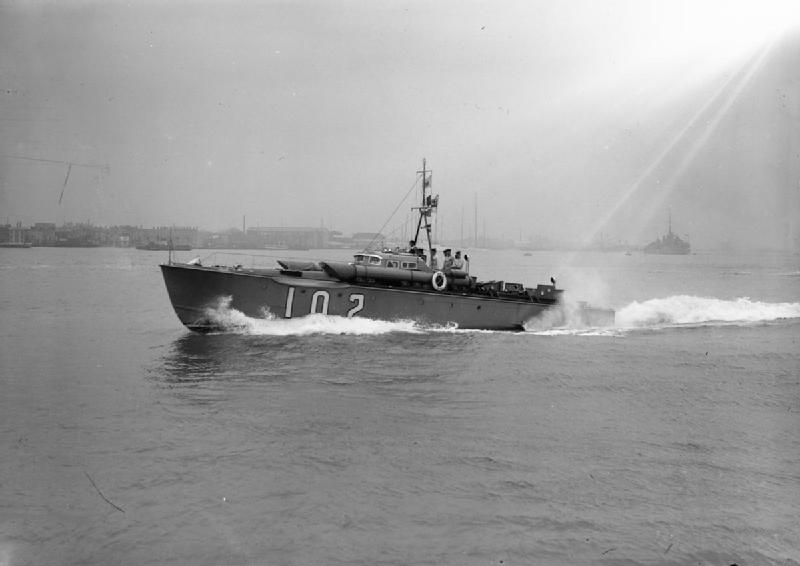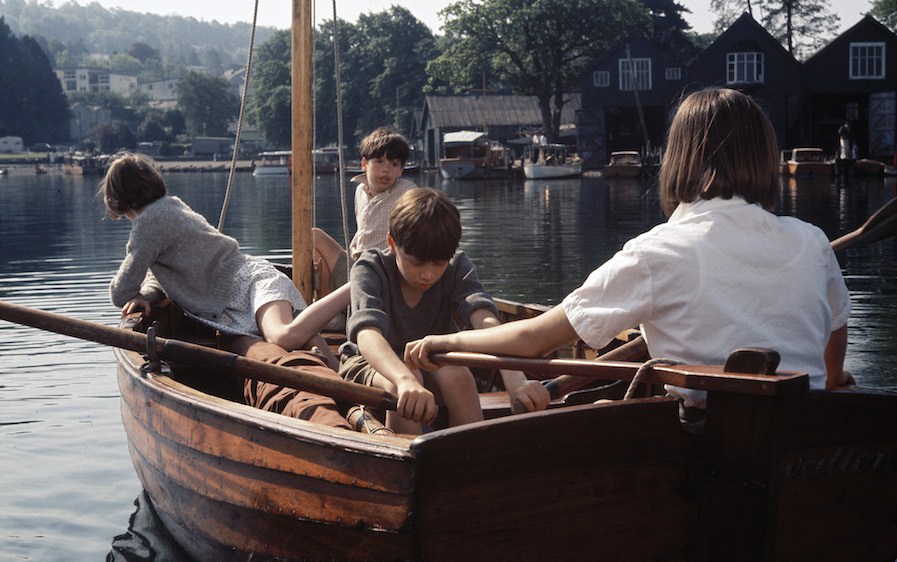Review – DUNKIRK film (2017)
Cinemas with the capacity for good seating and wine should ban serving food during screenings. In the case of seeing director Christopher Nolan’s newly released war film DUNKIRK, the sound design is everything.
Hans Zimmer, the German composer commendable for the arresting soundtrack to Nolan's DUNKIRK, starts the score with a ticking timepiece or clock. A familiar sound that ironically brought back memories of my late Grandmother's house, which had a constancy of tick-tock, tick-tock, room-to-room supplemented by the underpinning of a “wireless”. I think that was a generational thing.
Rewind to Operation Dynamo and the Evacuation of Dunkirk in 1940; Winston Churchill was in his 16th day as Prime Minster. My Granny would have been singlehandedly bringing up her five brothers and sisters in Leytonstone while her husband-to-be was delivering MTB's (Motor Torpedo Boats) across the Atlantic from North America. That ticking almost helps you rewind time and put your family into context of this historical event, one that allows us to live in Britain as we do today. The ticking timepiece, sampled and reoccurring throughout the DUNKIRK film also helps to place yourself within that period of desperation and the environment: on land, sea and air.
MOTOR TOPEDO BOATS
High speed craft equiped with either Rolls Royce Merlin engines or the American copy, Packard Merlin engines. They would launch torpedos aimed at enemy boats. Initially designed in Britain by Vosper Ltd, in 1936. During the war some were built in Britain although lots were built in Canada where timber was in greater abundance. MTB 102 crossed the channel eight times during the Evacuation of Dunkirk – Op Dynamo.
Motor Topedo Boats or MTBs were designed for high speed, operating at night, low speed ambush (to keep noise low and to produce no wake/wash) and manoeuvrability on the water; this was to enable them to get close enough to launch their torpedoes at enemy vessels. With no significant armour, the boats relied upon surprise and their agility at high speed to avoid being hit by gunfire from bigger ships.
Specification of the MTB 102 which featured in the film but also the actual evacuation: Length - 68ft overall, Beam - 14ft 9ins, Draft - 3ft 9ins. Built of double diagonal mahogany on Canadian rock elm. Original power - 3 x 1,100hp Isotta Fraschini 57litre petrol engines Speed - 48kts light, 43kts - loaded and armed - the fastest wartime British Naval vessel in service.
The double diagonal boat building techinque no doubt enabled this design to have significant strength. MTB 102 was built of double diagonal Honduras Mahogany on Canadian Rock Elm.
If you think you're going to see a film that grasps you like SAVING PRIVATE RYAN or BAND of BROTHERS (‘by sea) be prepared for a curved ball. Nolan's film is a world away; it delivers more realism and less emphasis on following a single character. We're given characters that guide us through the three nonlinear storylines: on land (one week), at sea (one day), and in the air (one hour). In reviews of this film, I read that some people were disappointed not to see Harry Styles featured more prominently. But as Nolan stated in a video interview, and I agree, that less is more and these characters give themselves up as equal players in the whole production as if to mirror the vast equality of contribution by men and women in the actual event.
LAND: Cinematographer Hoyte Van Hoytema visually describes the vast beaches of Northern France as if this is an analogy for the never-ending fight for freedom. There is a sense of geographical length, similar to that which I experienced on the beaches during the 2010 gathering of surviving ex-servicemen and Dunkirk Little Ships to commemorate the 70th anniversary of Operation Dynamo. The desolate, flat light cast over the soldiers in the film is also seemingly true.
Film still from a land perspective in DUNKIRK (2017)
The cast that tell the land storyline remain almost muted with only occasional spurts of dialogue, while featuring as the only main characters. That's the difference between this film and other war films; the quietness of the characters reminded me of the reality of meeting Dunkirk veterans. Having met the few veterans who survive to this day, it prompts you to remember this actually happened: Nearing 400,000 men were rescued from France, the then Nazi occupied country only 50 miles away from our home shores. These were ordinary people conducting a mission to rescue ordinary people, and it is ordinary people have been portrayed in Nolan's film. People that were quietly fighting for the best world order as opposed to larger-than-life personalities.
If one is to be picky; an element that I picked up on while soldiers gathered themselves on the beach in DUNKIRK was the variation in weather conditions. White foam from a strong on shore wind is cut with scenes of flat water. Sun and blue seas are cut with overcast scenes and different sea states within the portrayal of minutes. At one point it is noticeable that the shutter speed settings of the camera meant that waves were rolling in at a abnormally fast rate. This is perhaps a sign of the switch between large format 70mm camera and a smaller format they used to make the production.
White foam on the beach in DUNKIRK (2017).
SEA: The sea storyline is perhaps the most relatable, the most domestic and one that characterises the miraculous contributions of the home front – skippers of pleasure and working boats gearing up to rescue and retrieve Britain's soon-to-be lost army from an unknown entity - bloody chaos across the channel. Filming on board was most impressive from the moment they left the harbour in Ramsgate, the motion of the boat 'MOONSTONE' seemed accurate and convincing.
Christopher Nolan's epic used over 50 boats at sea for the filming, the most ever used for a feature film marine unit in production. A number of boats that are listed in the Association of Dunkirk Little Ships register were featured in the film including; Hilfranor, Nyula, Elvin, Papillon, MTB102, Caronia, Mary Jane, Endeavour, New Britannic, Mimosa, RIIS I, Thames Sailing Barge Xylonite and Princess Elizabeth.
Thames Sailing Barge XYLONITE featured in the film.
Based in Maldon, Essex (UK) Adrian Mulville (skipper), Dave Cooper (mate) were among the crew who were partial to scrutinous authenticity such as having their finger nails made dirty for the purposes of filming!
SHIP SPOTTING TRIVIA: The warships used in the film included: French T-47-class destroyer 'Maillé-Brézé' (D627) portraying British destroyers HMS 'Vivacious' (D36) and HMS 'Vanquisher' (D54). Dutch Dokkum-class minesweepers HNLMS 'Naaldwijk' (M/PW809) and HNLMS 'Sittard' (M830) with the 'Naaldwijk' portraying British minesweeper HMS 'Britomart' (J22) and the 'Sittard' as British destroyers HMS 'Havant' (H32) and HMS 'Jaguar' (F34). British Harbour Defence Motor Launch HMS 'Medusa' (ML1387). Dutch Multipurpose ship MLV 'Castor' (A810) as British destroyer HMS 'Basilisk' (H11). British Motor Torpedo Boat MTB102 (MTB102 was present at the actual Dunkirk evacuation and became the smallest vessel to become a flagship of the Royal Navy when Admiral Frederic Wake-Walker transferred to her after his previous flagship destroyer HMS 'Keith' (D06) was disabled. M/S Rogaland, a rescue boat from Norway.
AIR: DUNKIRK was shot mostly on a large format 70mm IMAX camera that Nolan must have wrestled with to generate the astounding scenes of RAF pilots dog fighting in Spitfires. While the footage is very impressive, the sound design is astonishing. Engines groan, whirl, spit and scream as these intense scenes of attack are played out.
'Shepard Tone' – why the DUNKIRK (2017) film is so intense.
Hans Zimmer has mastered the auditory illusion called 'Shepard tone'. This is a design of tones separated by octaves in layers that continually ascend or descend in pitch but neither one of the pitches gets louder of quieter. In DUNKIRK this results in what sounds like orchestral tension, running through the film, that gives you a sense of intensity; the looped effect 'Shepard-Risset Glissando', can also be heard in Pink Floyd's 'Echoes' (1970) track.
Bring this back to what we know and I draw resemblance to lengthy boat deliveries in no wind with a Gardener engine forever ticking over, or the drone of mechanised sounds at sea that have an effect on apprehension of time – much like the importance of Nolan's screenplay where he’s articulating three dimensions of desperate time on land, sea and air.
The “miracle of deliverance”, as described by Winston Churchill. A fight for survival by ordinary men sums this film up for me. It doesn't align itself to heroism as seen in many war films, this is perhaps also a reflection on changing sensibilities in the way we represent stories and facts of the past.
If you're pining for nostalgia, the 1958 film of the same title 'DUNKIRK' directed by Leslie Norman will be screened by the Luna Cinema on the beaches from which it was filmed, on Camber Sands, Kent. The event is produced in association with Vintage by Hemingway, and is part of the British Film Institute’s BRITAIN ON FILM: COAST & SEA project.
Screening of DUNKIRK (1958) in on 20/21st September 2017, Camber Sands, Kent: http://www.thelunacinema.com/screeningonthebeach-dunkirk/4593901074






